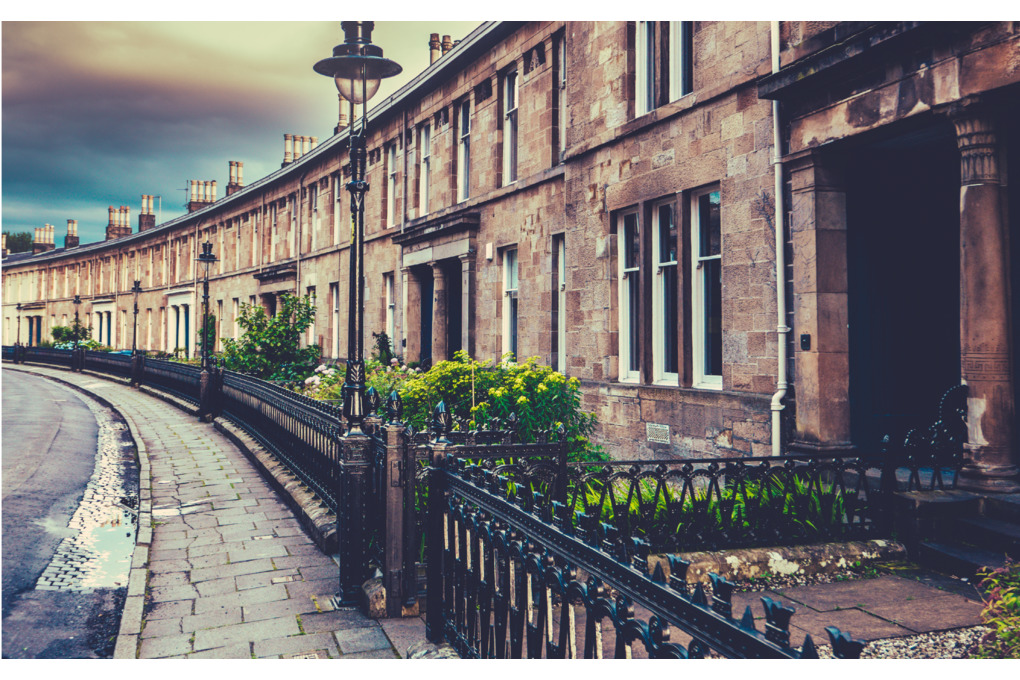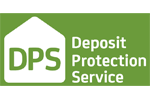How to choose a Buy-To-Let property

- Apr 19th 2021
When choosing a Buy-To-Let property, you need to think entirely different and have a head over heart approach. Whether you are looking to become a property investor or are an avid one, you have most likely bought a home for yourself. You know the emotions regarding buying your own home, especially if you become attached to it during a property viewing. However, when purchasing a Buy-To-Let property, you need to have a head over heart approach.
There are many factors to consider when investing in property: price, location, expected price appreciation, rental values, mortgage costs, and profit margins. A different approach in comparison to buying a home to live in.
Before looking into location, price and so on… you need to look into the market you are contemplating renting your property in. Are you looking to rent to families, students, professionals, or looking to have a HMO (Houses in multiple occupation) where you have multiple tenants living in the same house?
Researching the type of market you are looking to rent to will dictate your location, property price, rental income and legal requirements.
Once you know the market you are looking to rent to, you need to look at areas where your target market is looking to rent in. For example, if you are looking to rent to a family, renting near good schools is great as families often want to be close to schools, local amenities and parks.
Suppose you are near a popular school, local amenities such as supermarkets & shops, places of worship and parks; in that case, property prices will be significantly higher and often attract a higher rental yield.
When investing in a Buy-To-Let property, you need a substantial deposit amount, with the minimum being 25%. Your rental yield has to be a certain percentage compared to your mortgage costs for the lender to approve your mortgage.
Lenders typically want this to cover between 125% and 145% of your mortgage payments. So, if your monthly mortgage payment is £500, the rent you receive should ideally be between £625 and £725.
Finally, remember to set aside some money for maintenance and for periods when the property might be standing empty between tenants since you won't be receiving any rent during these times.
When investing in a Buy-To-Let property, the passive income you will generate from it, will allow you to pay off your mortgage, providing it's a repayment mortgage and not an interest-only mortgage. (You can find out more about the different mortgage types by reading our blog here!)
The remainder of your income should be set aside as this can be used for property maintenance or when your property is empty. You should not rely on the rental income generated from your Buy-To-Let property unless you have many!
You should focus on long-term capital growth and your mortgage is paid off by your tenant. Once your mortgage is paid off, your rental yield will be a greater one!
Rental yield is essentially the return you make from your property. So how is this calculated?
Rental yields are calculated as a percentage of the property's value vs the rent you receive. As a general rule of thumb, yields of 5% or more are attractive to landlords. But whether this is achievable depends on where you buy and the rental costs in that area.
A rental income of £10,000 per year on a property costing £200,000 gives you a 5% yield. A rental income of £20,000 a year on the same property gives you a 10% yield, and so on.
There are different types of property you can buy, and this depends on the type of tenant you are looking to attract. For example, if you are looking to do an HMO, you will need a larger property to accommodate different tenants and benefit from a greater rental yield. You also need to consider that with an HMO, there are more regulations you need to follow in order to be compliant. However, you have the scope of a greater passive income.
If you are looking to rent to professionals, you could look into a flat. However, you need to consider that these come with lease and ground charges that will eat into your yield.
Ultimately, if you're seeking to let as quickly as possible, you want a property with broad appeal. So think about the following:
· House or flat? This will affect the type of tenant you'll get. Young professionals may want an easily maintained flat, for example, but a growing family may need a house.
· New or old build? You may find fewer issues with a new build and that they are less costly to maintain. However, older buildings often have more character and maybe cheaper to buy, particularly if they need some work.
· Layout? The kind of layout you choose will depend on the type of tenants you want to attract. A large communal space may suit students, but families may want open-plan areas for children.
· A garden? Gardens, in general, have broad appeal – provided tenants want to maintain them. For some, it could be an unnecessary hassle.
Regardless of the property you buy or the rental market you are looking to attract, there are many regulations and legislations that you will need to abide by.
Owning a Buy-To-Let investment shouldn't be daunting, which is why our dedicated team will guide you through every step of the process. From finding the right property for your desired tenant, finding the right tenant, meeting current regulation and legislation and rent collections.
Our experienced team also manage large Buy-To-Let portfolios. If you are looking for a dedicated team to manage your property portfolio, our team will be more than happy to speak with you.
Whether you are a novice property investor or a professional investor, speak with our dedicated team on 0116 266 9977 to find out how we can help!
#BuyToLet #PropertyInvestment #InvestingInProperty #Landlords #Leicester #Seths








